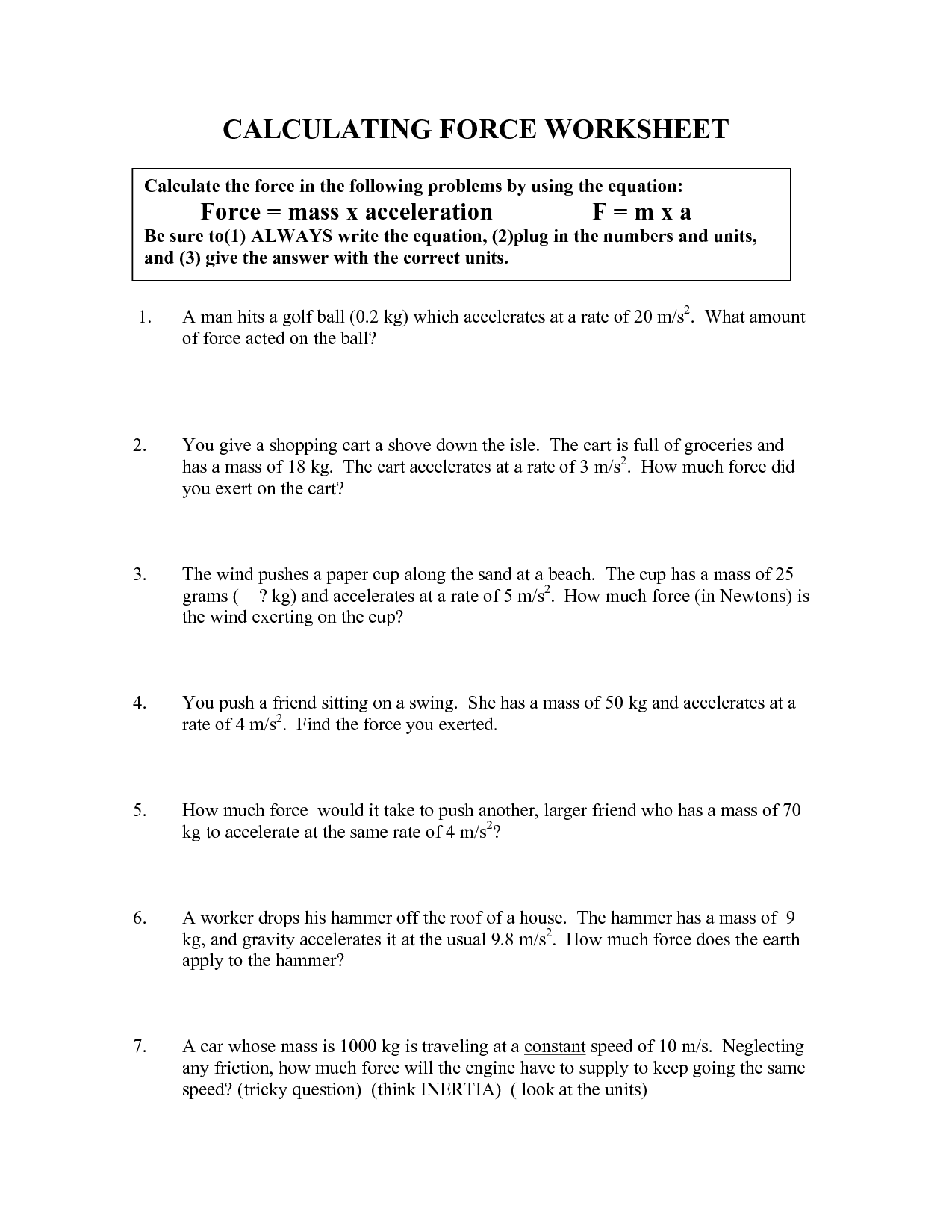Distance Time Graph Worksheet
This blog post introduces a distance-time graph worksheet designed to help students understand and analyze the relationship between distance traveled and time. Geared towards students learning about graphing and interpreting data in science or math classes, this worksheet provides an engaging way to practice plotting data points, interpreting slopes, and identifying key features of distance-time graphs.
Table of Images 👆
More Time Worksheets
Timed Multiplication Worksheets1 Minute Timed Addition Worksheets
Timed Addition Worksheets
Time in 15 Minute Increments Worksheet
Practice Times Tables Worksheets
Time Management Schedule Worksheets
What is a distance-time graph?
A distance-time graph is a visual representation that shows the relationship between the distance traveled by an object and the time taken to travel that distance. The x-axis usually represents time, while the y-axis represents distance. The slope of the line on the graph can indicate the speed of the object, with a steeper slope representing a faster speed. These graphs are commonly used in physics to analyze and interpret the motion of objects.
How is time usually represented on the x-axis of a distance-time graph?
Time is usually represented on the x-axis of a distance-time graph in a linear manner, with time increasing from left to right. Each unit on the x-axis corresponds to a specific point in time, allowing for the measurement of how distance changes over time and enabling the depiction of motion and speed.
How is distance usually represented on the y-axis of a distance-time graph?
Distance is usually represented on the y-axis of a distance-time graph because the y-axis is traditionally used to plot the dependent variable in a graph, and in a distance-time graph, time is typically plotted on the x-axis as the independent variable. This arrangement allows us to observe how distance changes over time in a visual representation, with distance increasing along the y-axis as time progresses along the x-axis.
What does a straight horizontal line on a distance-time graph indicate?
A straight horizontal line on a distance-time graph indicates that the object is not moving, as the distance covered by the object remains the same over time.
What does a straight diagonal line on a distance-time graph indicate?
A straight diagonal line on a distance-time graph indicates constant speed, where the object is covering equal distances in equal intervals of time.
What does a straight vertical line on a distance-time graph indicate?
A straight vertical line on a distance-time graph indicates that the object is not moving, as the distance remains constant over time. This can happen when the object is stationary or when it is in a state of rest.
How can you determine the speed of an object from a distance-time graph?
To determine the speed of an object from a distance-time graph, you can calculate the gradient of the graph. The gradient represents the object's speed at different points along the graph. In particular, the steeper the gradient, the faster the object's speed, while a shallower gradient indicates slower speed. By calculating the gradient at specific points or intervals on the graph, you can determine the speed of the object at those corresponding times.
How can you determine the acceleration of an object from a distance-time graph?
To determine the acceleration of an object from a distance-time graph, you would need to calculate the slope of the tangent line at various points on the graph. The slope of the tangent line represents the object's velocity at that specific time. By finding the change in velocity over time, you can determine the object's acceleration, as acceleration is the rate of change of velocity with respect to time. A steeper slope indicates a greater acceleration, while a flatter slope indicates a slower acceleration.
What does a concave upward curve on a distance-time graph indicate?
A concave upward curve on a distance-time graph indicates that the speed of an object is increasing. This means that the object is covering more distance in a shorter amount of time as time progresses, suggesting that it is accelerating.
What does a concave downward curve on a distance-time graph indicate?
A concave downward curve on a distance-time graph indicates that the object is slowing down or decelerating. The steepness of the curve represents how quickly the object is decelerating, with a steeper curve indicating a faster deceleration rate.
Have something to share?
Who is Worksheeto?
At Worksheeto, we are committed to delivering an extensive and varied portfolio of superior quality worksheets, designed to address the educational demands of students, educators, and parents.


























Comments